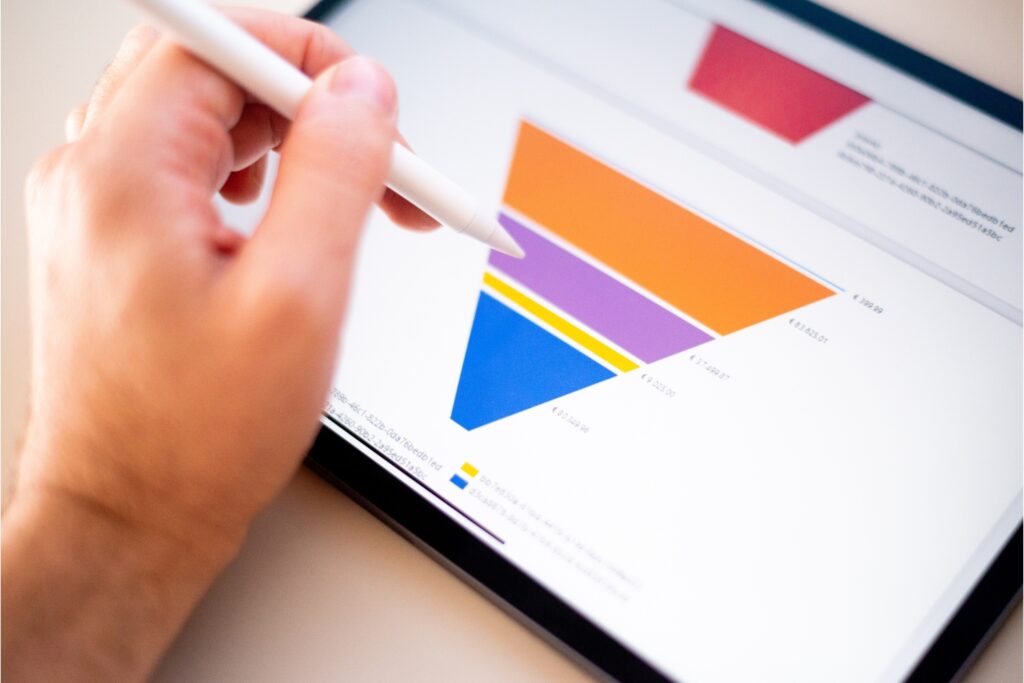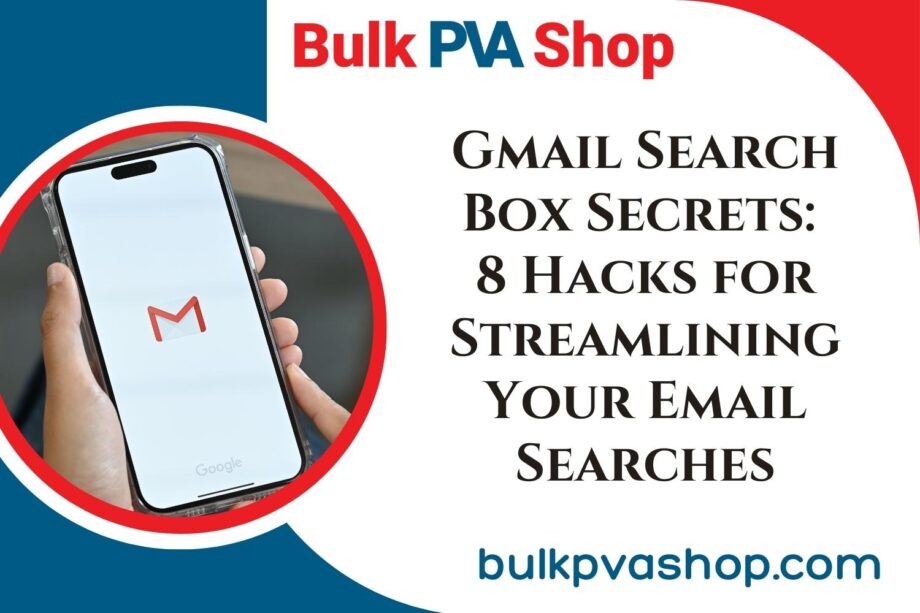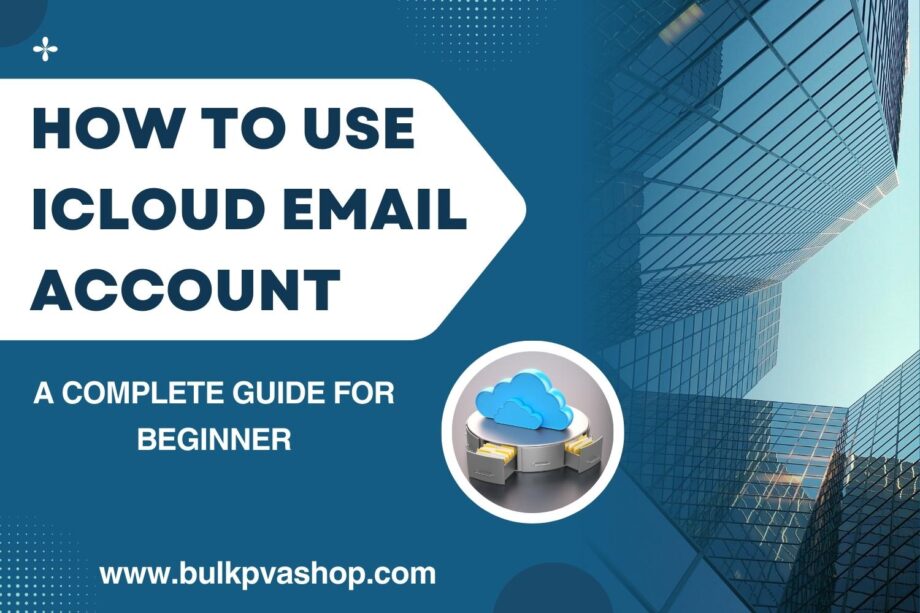One of the most efficient ways to connect with and engage your target audience is through email marketing. But to make the most of it, you need more than just a list of email addresses. You need a strategy, and that’s where an email marketing funnel comes in. In this guide, we’ll walk you through the process of building a powerful email marketing funnel from scratch.
Understanding the Email Marketing Funnel

Stages of an Email Marketing Funnel
The email marketing funnel consists of five key stages that help businesses effectively engage with subscribers and drive desired actions. These stages are:
1. Brand Awareness
At this stage, you’re introducing your brand to your audience. Your goal is to make them aware of your products or services and what sets you apart from the competition.
2. Consideration
In the consideration stage, you’re nurturing leads by providing valuable content that helps them understand their pain points and how your offerings can solve their problems.
3. Conversion
Conversion is where the magic happens. Here, your leads make the decision to purchase your product or service. It’s crucial to provide compelling incentives and address any objections they may have.
4. Loyalty
Once you’ve converted a customer, your focus shifts to building loyalty. Keep your customers engaged with exclusive offers, updates, and personalized content.
5. Advocacy
In the advocacy stage, your loyal customers become your brand advocates. Encourage them to refer friends and family or leave positive reviews.
Benefits of Implementing an Email Marketing Funnel

1. Targeted and Personalized Communication
An email marketing funnel allows businesses to segment their audience based on various criteria, such as demographics, interests, or past behavior. This enables personalized communication tailored to each subscriber’s specific needs and preferences, resulting in higher engagement and conversion rates.
2. Nurturing Leads
A funnel for email marketing offers a well-organized framework for fostering leads over time. Businesses may gain the trust of their customers, educate potential customers, and position themselves as industry leaders by distributing a series of pertinent and worthwhile material. By guiding leads gradually through the buying process, lead nurturing raises the possibility of conversion.
3. Increased Conversion Rates
With targeted messaging and a strategic sequence of emails, an email marketing funnel helps drive higher conversion rates. Businesses may overcome objections, resolve concerns, and offer incentives that encourage subscribers to take action, ultimately leading to higher conversions and sales, by sending the appropriate material at the appropriate time.
4. Automation and Efficiency
The use of an email marketing funnel enables the automation of several jobs and procedures, resulting in time savings and increased productivity. Once set up, emails can be automatically triggered based on specific actions or time intervals, eliminating the need for manual intervention. Automation enables businesses to consistently deliver timely and relevant messages to their subscribers.
5. Enhanced Customer Experience
A well-designed email marketing funnel focuses on delivering value to subscribers at every stage. By providing informative content, personalized recommendations, and exclusive offers, businesses can enhance the overall customer experience. This attention to customer needs fosters loyalty and encourages repeat business.
6. Data-Driven Insights
An email marketing funnel provides valuable data and insights into subscriber behavior, preferences, and engagement metrics. By analyzing this data, businesses can make informed decisions to optimize their email campaigns, improve targeting, and refine their overall marketing strategy. This data-driven approach leads to more effective and impactful email marketing efforts.
7. Cost-Effective Marketing
Compared to traditional marketing channels, email marketing is highly cost-effective.
How to Build an Email Marketing Funnel
Now that you understand the benefits, let’s dive into how to build an effective email marketing funnel step by step.
Identify Your Target Audience
The first step of building an email marketing funnel is to define your audience and identify the targeted audience. Understand their motivations to tailor your content and messaging effectively.
Create Lead Magnets
Develop compelling lead magnets, such as ebooks, guides, or exclusive content, that provide value to your audience in exchange for their email addresses. These lead magnets will attract subscribers and serve as the entry point to your email Marketing funnel.
Set Up Opt-in Forms and Landing Pages
Create well-designed opt-in forms and landing pages that encourage visitors to subscribe. Keep them simple, clear, and easy to fill out. Use persuasive copy and compelling visuals to entice visitors to join your email list.
Choose an Email Marketing Platform
Select a reliable email marketing platform that suits your needs. Look for features like automation, segmentation, and analytics to streamline your email campaigns and track their performance effectively.
Craft a Welcome Email Sequence
In order to welcome and involve new subscribers, create a series of welcome emails. Personalize the emails, express gratitude for joining, and provide a clear overview of what they can expect from your emails. Use this opportunity to build trust and establish a connection.
Develop a Content Strategy
Plan and create valuable and relevant content to nurture your subscribers. At each stage of the funnel, take into account the customers’ interests and problems. Keep their interest by providing them with informative information, market insights, promotions, and special deals.
Segment Your Audience
Based on demographics, interests, or activity, segment your email list.
Automate Your Emails
Utilize automation to streamline your email campaigns. Create workflows and triggers to send pertinent emails in response to subscriber activities or predetermined time periods. Time is saved by automation, and communication is reliable. In order to optimize your funnel and achieve better outcomes, identify areas for improvement and make data-driven decisions.
Improvements to Email Marketing Funnels
Your email marketing funnels may always be improved, but it takes regular evaluation and optimization to do so. The following essential actions can help your email marketing funnels function better:
Measure and Optimize
Regularly analyze the performance of your email campaigns. Identify areas of improvement and make data-driven decisions to optimize your funnel for better results.
Steps to Improving Email Marketing Funnels
Improving your email marketing funnels is an ongoing process that requires continuous assessment and optimization. Here are key steps to enhance the performance of your email marketing funnels:
Refining Your Lead Generation Offers:
Examine your lead generation offers closely to ensure they genuinely provide value to your audience. Consider the possibility of creating new offers or updating existing ones to better align with the evolving needs and interests of your subscribers.
Optimizing Opt-in Forms and Landing Pages:
Evaluate the performance of your opt-in forms and landing pages, and enhance them to improve conversion rates. This can be achieved by refining their design, optimizing the copy, and strategically placing compelling call-to-action elements. Implement A/B testing to identify the most effective components.
Enhancing Email Content and Design:
Concentrate on perfecting the content and design of your emails. Utilize clear and concise language, integrate captivating visuals, and craft compelling calls to action to encourage action.
Experimenting with Email Formats and Scheduling:
Explore different email formats, such as newsletters, product updates, or educational content. Additionally, vary the timing and frequency of your emails to determine the optimal schedule that maximizes engagement.
Implementing Personalization and Automation:
Harness the capabilities of personalization and automation features within your email marketing platform. Customize emails based on subscriber data, such as their name, past purchases, or browsing behavior. Implement automated workflows to send targeted emails triggered by specific actions or events.
Monitoring Deliverability and Managing Spam Filters:
Maintain vigilant oversight of email deliverability to ensure that your messages are not flagged as spam. Adhere to email authentication best practices, cultivate a strong sender reputation, and routinely monitor spam scores.
Seeking Feedback and Engaging with Subscribers:
Encourage your subscribers to provide feedback through surveys or by responding to your emails.




